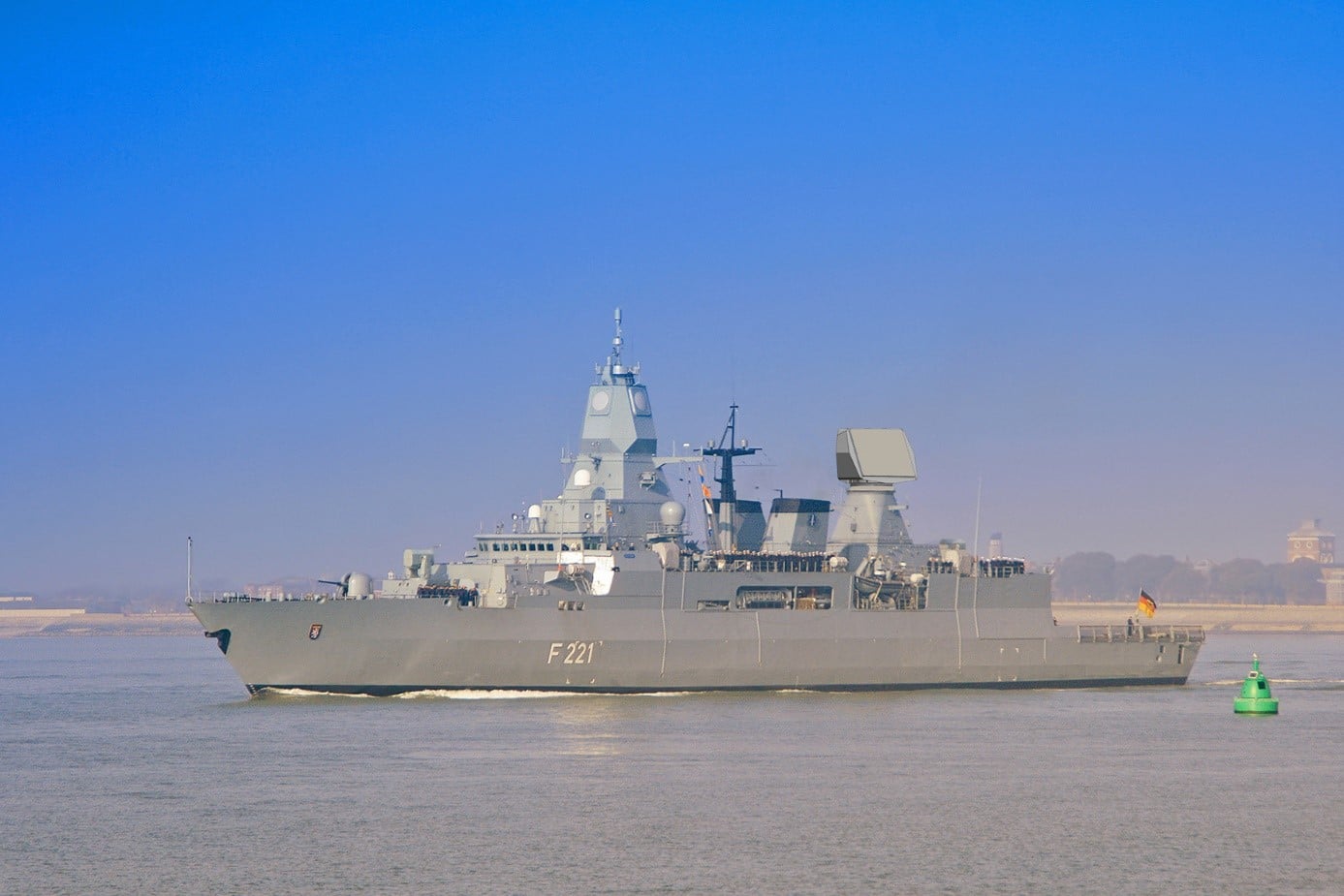
German Navy Upgrades Radar Systems On F124 Sachsen-class Frigates - Naval News
The German Federal Office of Bundeswehr Equipment, Information Technology and In-Service Support (BAAINBw) signed a €220 million contract on August 23,2021, with Hensoldt Sensors GmbH for the manufacture, delivery and installation of four radar systems for the Sachsen-class frigates (F124).
The German Federal Office of Bundeswehr Equipment, Information Technology and In-Service Support (BAAINBw) signed a €220 million contract on August 23,2021, with Hensoldt Sensors GmbH for the manufacture, delivery and installation of four radar systems for the Sachsen-class frigates
In addition, necessary training services as well as the production of supply readiness were agreed upon with the conclusion of the contract.The new radars are TRS-4D/LR ROT wide-range air and sea surveillance radars, which will replace the SMART-L radars currently used on the three frigates from 2025. In addition, another system will be installed as early as 2023 at the Naval Technology School’s Parow Reference and Training Facility. In addition to hands-on training, this will allow any system modifications to be tested on the radar before it is fielded.
The three F124 class units were commissioned between 2004 and 2005. They are designed as multi-purpose escort and sea control frigates. All sensors and weapons on board are optimized for air defense. In addition, the F124 class frigates are the only ships in the German Armed Forces with anti-aircraft fighter capability.
With the TRS-4D/LR ROT, the ships will in future have one of the world’s most powerful and modern radars, which in addition to better reconnaissance and target tracking characteristics also have the capability to detect and track ballistic missiles. The radar’s AESA (Active Electronically Scanning Array) technology enables precise detection of particularly small and maneuverable objects at a range of more than 400 km for air targets and up to 2,000 km for objects in Earth orbit.
The conversion of the ships will begin in 2024 and is expected to be completed by 2028. The project management at BAAINBw has thus succeeded in selecting a powerful long-range radar capable of meeting the challenges of future air defense in the changed threat spectrum.

